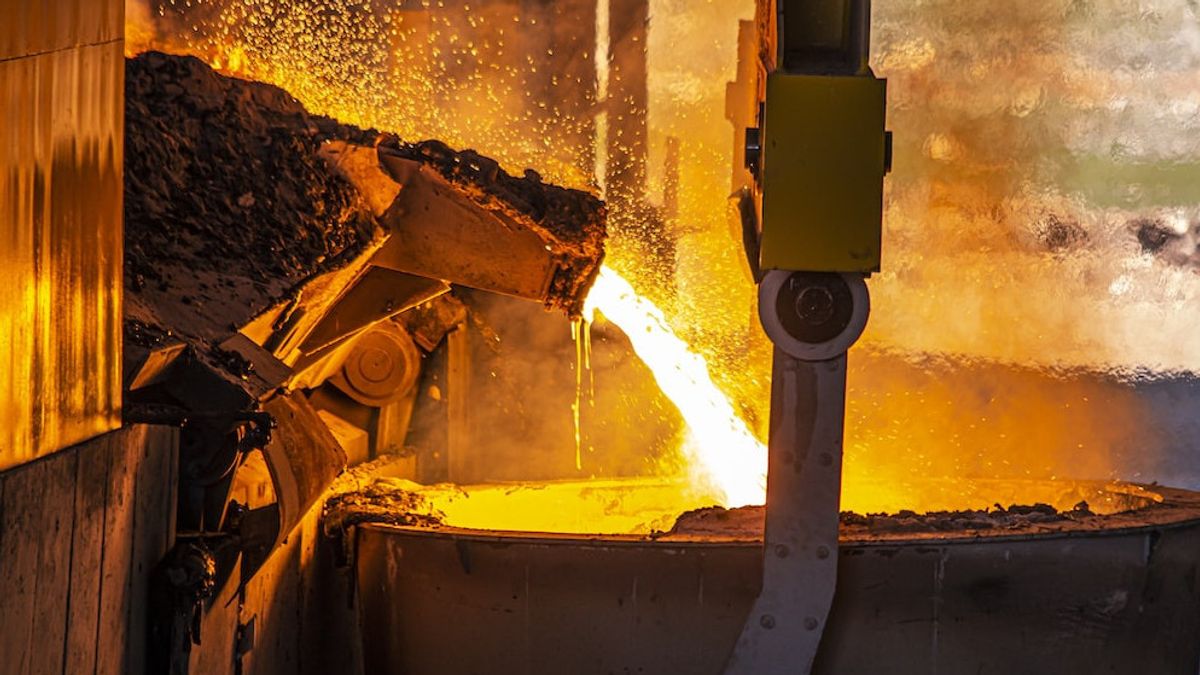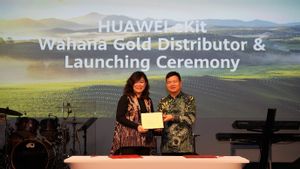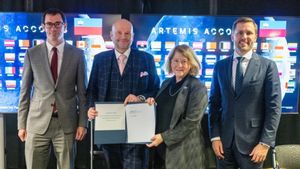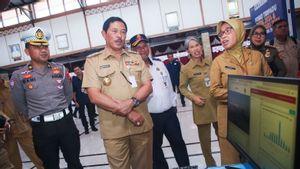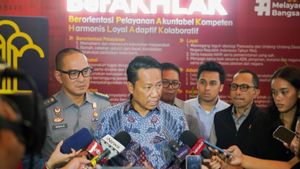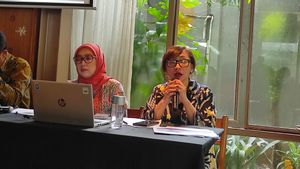YOGYAKARTA In the context of mining, the presence of smelters is very important. In fact, the Indonesian government is building a smelter to support the smooth operation of mining activities in the country. However, do you know the understanding and how the smelter works in the mining world?
In the Big Indonesian Dictionary (KBBI), the smelter is defined as a mining ore processing and refining plant. The word Smelter itself is taken from the word English, namely smelting, which means melting. From this understanding, smelters can be understood as a smelter factory and mining ore processing.
In general, smelters are one of the mining processing facilities in which there are various tools and technology to process melting of metal mineral mining products such as gold, silver, nickel, thermo, to tin. The melting of mine products is done to increase the metal content so that the selling value also increases.
The way the smelter works is actually quite simple. Miners will carry mining products consisting of metal ore mixed with soil or other dirt to a smelter facility. In the smelter, the mining products will be separated from mixed impurities. Separation is done by reducing ore, one of the methods of cleaning the ssi ore which is widely used in smelters.
Results of reduction alone depend on what type of metal is being merged. The melting process also depends on the activity of the content, the lower the content of the activity, the easier the melting process will be. This also applies the other way around.
After seed reduction is carried out, the results can be in the form of hydrogen, active metal, and various other substances. Substances containing metal elements can be used for other purposes.
It must also be noted that the melting process in smelters utilizes heat and chemical reduction substances. Both are used to decompose ore, clean waste elements, and leave a metal base.
The smelter function can be divided into two reviewed from the point of view of its benefits, from the realm of production and industry.
The smelter function of the production realm is to process melting as well as processing of iron ore in the form of metals or raw minerals into more pure minerals, as well as improve metal products with the best quality. In addition, smelters also serve as a cleaning process between metals and mining debris.
Meanwhile, in terms of industry, smelters have several benefits, namely as follows.
The Indonesian government is also intensifying a smelter development campaign for companies carrying out mining activities in the country.
Quoted from the official ESDM website, mineral mining companies in Indonesia initially did not have a standard smelter facility. However, the Government encourages smelters to increase added value. The government does not want raw material export activities to go abroad.
As a form of encouragement for the construction of smelters in Indonesia, Law No. 4 of 2009 concerning Mineral and Coal Mining, which is described in Article of Government Regulation Number 23 of 2010 (PP No. 23/2010). It explains that mining permit holders must carry out processing and purification activities in Indonesia.
That's a glimpse of the understanding and how the smelter works. To get other interesting information, visit VOI.ID.
The English, Chinese, Japanese, Arabic, and French versions are automatically generated by the AI. So there may still be inaccuracies in translating, please always see Indonesian as our main language. (system supported by DigitalSiber.id)
